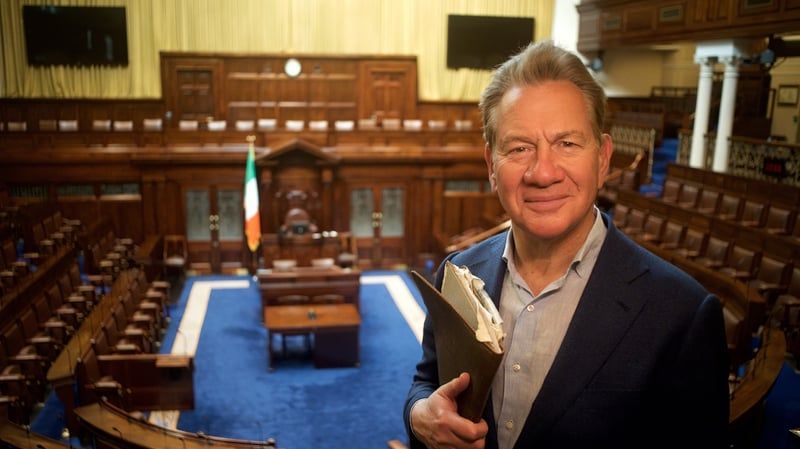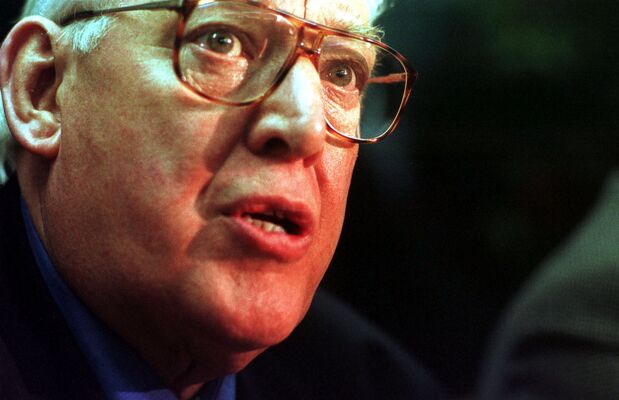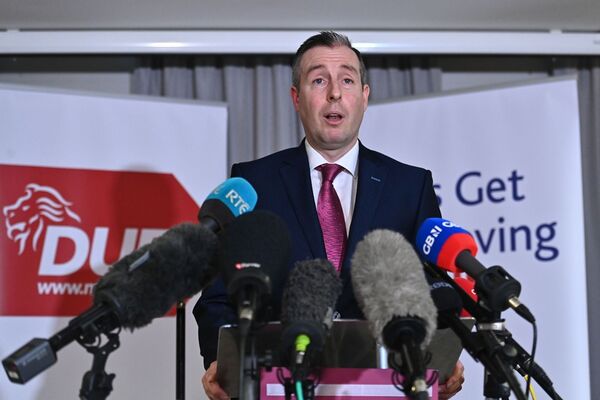MICHAEL Portillo has been on two major career journeys: one in Tory politics, which ended in spectacular failure, and now a second as a gaily-clad TV presenter journeying to different countries and back to different time periods. Taking Sides: Britain and the Civil War (RTÉ ONE) takes him on a 100-year journey back in time to early 1920s Ireland.
When a truce was called in the Tan War and negotiations arranged, Lloyd George and his British team had assumed that Éamon de Valera would lead the Irish side. Instead they were confronted with Michael Collins. Collins and his team based themselves at the home of Sr John Lavery, the famous painter born in Belfast but then living in London, and it was at Lavery’s place that the Treaty was drafted. Soon after, those who accepted the terms of the Treaty conducted a short but vicious Civil War.
In the course of that war, the anti-Treaty forces took the Four Courts in Dublin. The way Portillo tells it, Churchill and the British were reluctant to re-enter the conflict and take the Four Courts, as this would have been to risk uniting pro- and anti-Treaty sides against Britain. Supplying weaponry, however, was another matter.
One plan was to paint British planes in Irish colours and have them fly over Dublin and drop bombs on the Four Courts. Most of the discussion revolved around whether 20-pound or 500-pound bombs would work best. The plan – and not the bombs – was mercifully dropped. Another idea was for Britain to supply the pro-Treaty forces with poison gas, as used in the Great War. Again, mercifully, the idea was jettisoned.
Kevin O’Higgins was the Minister of Justice in the Irish Government and was highly regarded by the British “as a man of firmness and principle”. This respect sprang in large measure from the fact that O’Higgins had signed the death warrant of 77 opponents on the anti-Treaty side, including that of Rory O’Connor, best man at O’Higgins’s wedding. The settlement pleased no-one – the Free Staters were locked into the Empire, Ireland had been partitioned.
As is usual with a lot of these Portillo travel programmes, the presenter spends a lot of time outside significant English buildings, holding a sheaf of papers before going in and leading us through the original documents themselves. He’s an enthusiastic historian, only once recalling his time as Thatcher’s Minister for Defence, when he was “smuggled” into South Armagh. The British fooled themselves into believing that the Treaty finally solved the Ireland problem. 100 years later we know they got it wrong, wrong, wrong. “But at least now they [the Irish] can live in peace,” Portillo explains.
This was the tale of a Treaty, told not by an idiot but by a former Tory minister. As always the old black and white footage of over 100 years ago has its magic. But beyond Portillo’s benediction of peaceful means, he offers little in the way of new facts and nothing in terms of moral judgement.








